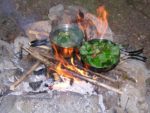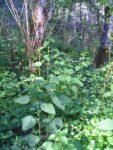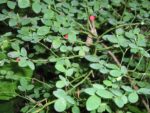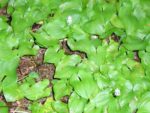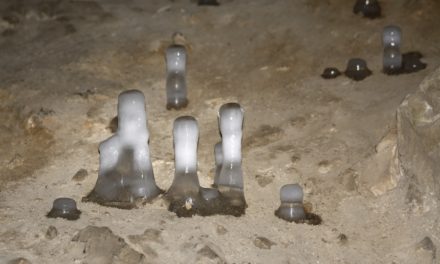By Jess Hanson
Looking back, I recall my Special Forces (Green Beret) Survival training with great satisfaction. Honestly, I gained a pound through the four days and three nights of seclusion. My ability to identify and make use of edible plants was the key for my success.
Many of you venture into the wild to harvest berries, nuts, and mushrooms. It would be wise to learn as many edible plants as possible. Start small. Wikipedia online is a great resource to look up plants, download their pictures and track down Reference materials. Start this season by becoming familiar with 5 – 10 plants. You will notice that certain plants not only thrive in specific areas such as wet, shaded or sunny areas, but you will also notice that a specific plant lives in the same neighborhood with other specific plants. When I see Red Wood Sorrel I know that Bed Straw, Miner’s Lettuce, Stinging Nettle, Bleeding Heart, Wild Ginger and Plantain (Narrow Leaf and Round Leaf Plantain) are also in the area as well as Blackberry, Thimble Berry, Salmon Berry and Wild Currents. If I get stung by a Nettle while eating it, I just look for a Bleeding Heart flower and smash it on to the affected area. The pain goes away immediately. Bleeding Heart is not to be consumed and should only be used topically/externally.
Plantain, when chewed to a pulpy mess (a Poultice) ,and applied to an affected area will stop the discomfort of Poison Oak itch, scrapes and scratches, berry vine pricks and first degree burns. Also, all the parts of the Plantain plant are edible whether eaten raw or cooked – roots, stem, leaves and the seed cone which develops later in the season. Isn’t nature wonderful! You should take care when ingesting new plants to limit your intake to a cup and a half or less per day for the first few days until your body gets used to it. If you over indulge too fast in a new food the results will be “that Old Montezuma Feeling, Again”. I hear a tune coming on.
Copyright 5.27.2013. Jess Hanson. All Rights reserved.


